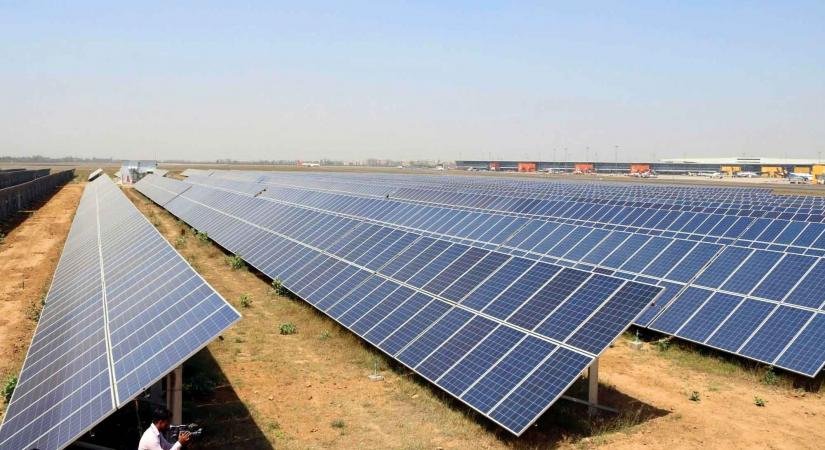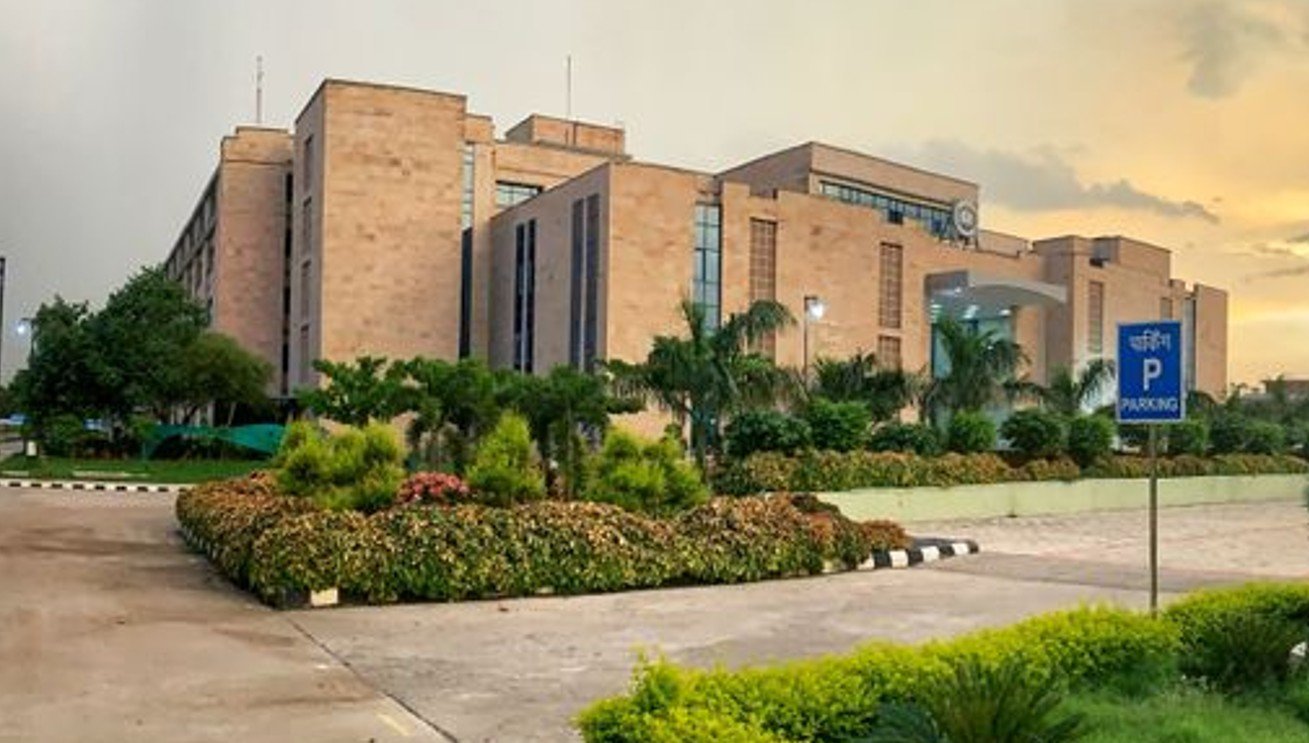ABU DHABI // New rules governing the creation of artificial reefs in the Arabian Gulf will help to promote research and develop healthy marine life, the country’s environment ministry says.Dropping concrete structures known as reef balls into the water can help with building habitats for diverse marine life and improve fish stocks, officials said.Regulations announced last week are intended to allow educational institutions and other organisations to set up the reefs while allowing the ministry monitor their development.The law regulates the building of artificial reefs, describing the technique as the safest and most effective way to create sustainable marine reef habitats.It takes about five years for them to develop into fully-fledged reef systems but signs of growth are visible after a few weeks, according to the ministry.”It aims to safeguard the sustainability of living aquatic resources as well as to enhance fish stocks in UAE waters and protect the country’s natural heritage,” said Dr Thani Al Zeyoudi, Minister of Climate Change and Environment.Artificial reefs have been used in the Gulf for hundreds of years, when fishermen sank palm tree trunks to help promote fish life. So important were these techniques that the skills and locations of the reefs were passed down through generations of families.”The use of artificial reefs in the Gulf is nothing new, it’s been known for hundreds if not thousands of years,” said Professor John Burt, a marine biologist in NYUAD.The ministry’s ruling will set guidelines for mapping, licensing and construction.Some experts fear artificial reefs could deplete marine life stocks as fish will be concentrated in one area or will migrate to other areas of the Gulf.”There’s a real battle in science literature on this, which is completely unresolved and research has been going on this topic for decades,” said Prof Burt. “Anything you throw in the water will essentially attract fish, because fish love structure. Can they attract fish with the artificial reef? Yes, they can. The question is where are these fish coming from?”Whether fish congregating around an artificial reef is a result of that reef increasing reproduction, or simply an exodus of schools from the other natural habitats is a significant variable researchers must examine.Prof Burt said the result is always fish attraction, but it is how these results are managed that creates concern.”This can actually lead to more fish overexploitation. What happens is they are now much easier to catch because they are in one place instead of spread out over a larger area,” he said.He said in order to increase the chances of artificial reefs promoting biomass, the areas where they are deployed must be protected for generations and the habitat given a chance to thrive.Although more research is needed, a recent Oxford Journal article by Jennifer Granneman and Mark Steele showed that the potential for protection of artificial reefs could result in healthier species reproduction.”Fish species richness was not significantly different between artificial and natural reefs, but density and biomass tended to be higher on average on artificial reefs, body size was slightly smaller and assemblage structure differed between the two reef types,” they wrote.The ministerial decision prohibits building artificial reefs in areas within three nautical miles of the shore as well as in marine reserves and near state-owned islands.nalwasmi@thenational.ae








